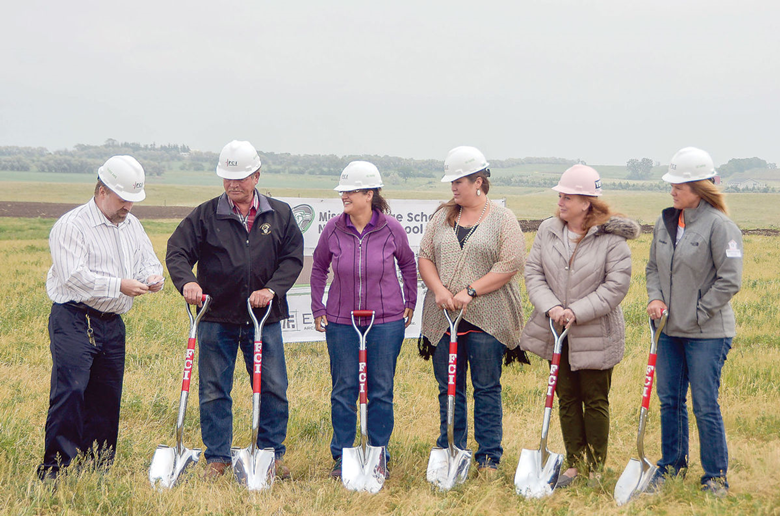 |
 |
 |
 |
 |
 |
 |
 |
 |
 |
      |

June 2017 SEE Monthly UpdateBakken off the Bottom: Resurgence Starting in North Dakota?
Among oil producers, the focus has rightly been on the vast, stacked-play Permian in west Texas and eastern New Mexico, a play that remained of such interest even with lower oil prices that costs of acreage there have increased exponentially. However, producers have also taken the discipline of lower-cost operations to other plays around the country. Areas such as the Marcellus and Utica, the Haynesville, the Eagle Ford, the Niobrara, and the Bakken have regained a bit of momentum. The Bakken, where horizontal well fracturing for oil was first proven technically feasible, has seen its prospects improve due to the opening of the Dakota Access Pipeline (DAPL) in June. DAPL allows Bakken oil to be transported by cheaper, safer pipeline rather than by more hazardous and more expensive rail. The savings of pipeline over rail, even aside from the serious safety concerns of rail, is about three dollars a barrel. Up to half of Bakken oil production can be shipped on the DAPL to storage and connections with other pipelines at Patoka, Illinois. Some of it can then be shipped on to the US Gulf Coast for export. Note that a district judge asking for a more extensive environmental review will rule soon on whether or not DAPL can continue to ship oil. The opening of crude oil exports from the US is an additional boon, allowing US producers to sell to refineries outside the US that prefer the lighter, sweeter oil of the US MidContinent. Indeed, the first large tanker shipment of Bakken crude has just been delivered to an Asian refinery. The challenge of competing globally at lower oil prices can be seen in the decline of Bakken oil production from a high of over 1.3 million barrels per day (BPD) in late 2014 to under a million BPD in late 2016 and now just over a million BPD. This puts Bakken volumes behind the West Texas Permian Basin with its 2.4 million BPD, and close to South Texas Eagle Ford’s liquids production of 1.2 million BPD. While the Bakken is recovering and its companies are hiring again, the region is not expected to reach the white-hot activity levels of a few years ago. Still, DAPL is a big, new transport and market option that helps close the gap between Bakken North Dakota oil prices and those of West Texas Intermediate oil in Cushing, Oklahoma. More information can be found in the subscriber section. For more information, log in now or, if you are not already a subscriber, subscribe now.
Copyright 2017, Starks Energy Economics, LLC. This information may not be disclosed, copied or disseminated, in whole or in part, without the prior written permission of Starks Energy Economics, LLC. This communication is based on information which Starks Energy Economics, LLC believes is reliable. However, Starks Energy Economics, LLC does not represent or warrant its accuracy. This communication should not be considered as an offer or solicitation to buy or sell any securities.
|

All content © Copyright 2024 | Starks Energy Economics, LLC.

